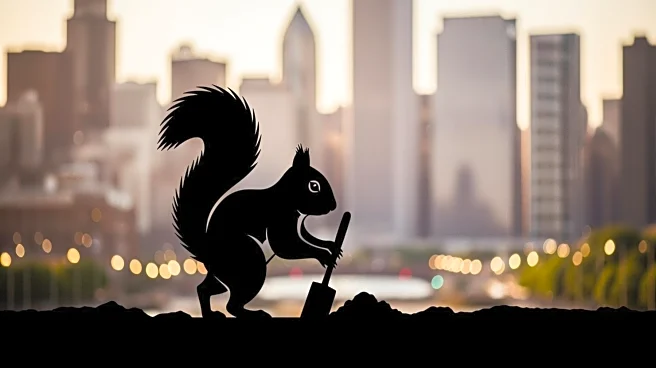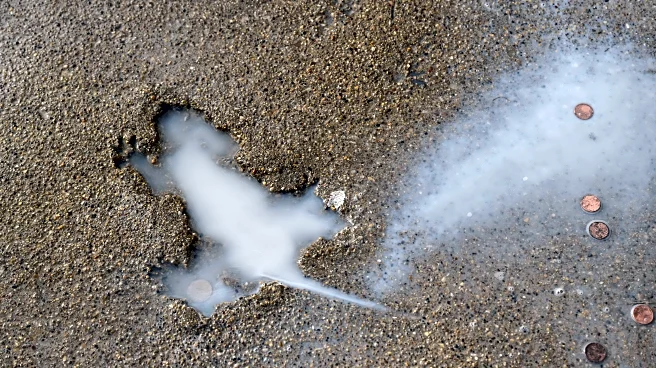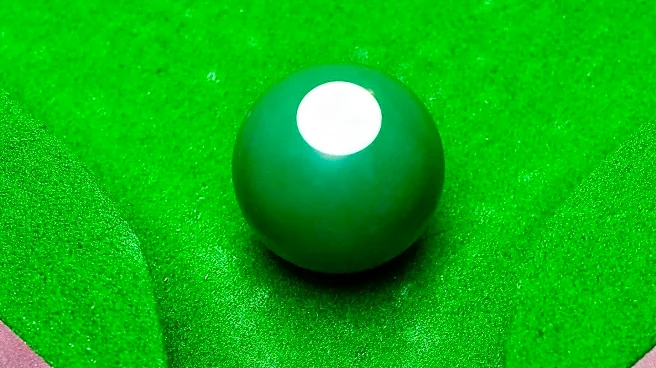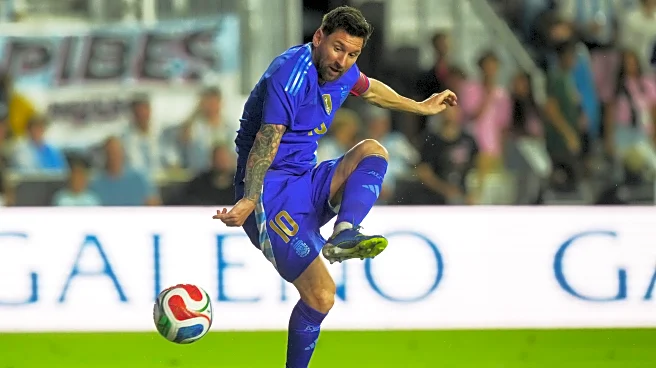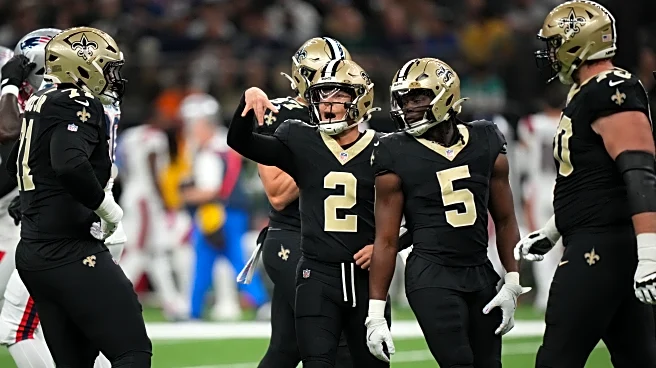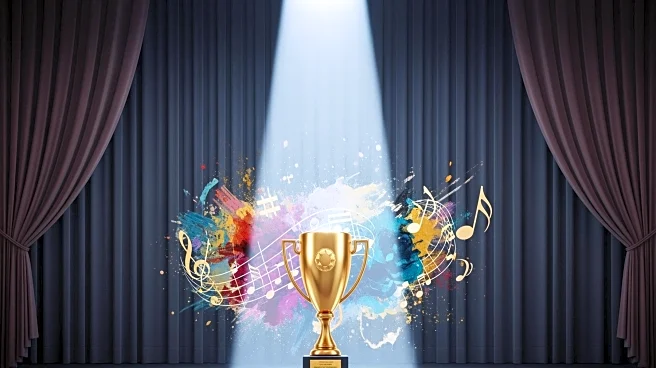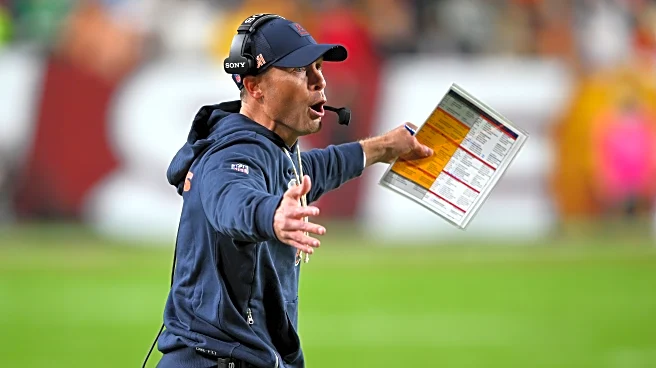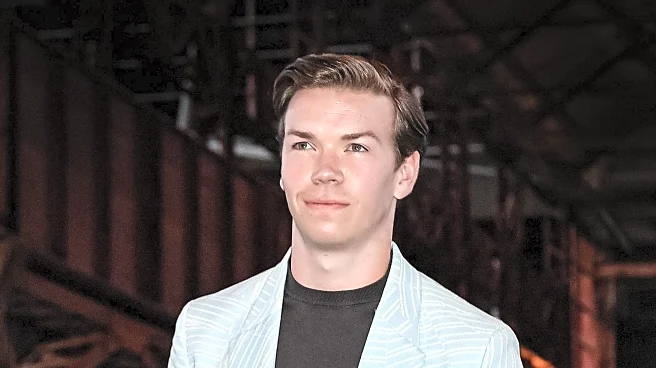What's Happening?
A study published in Biology Letters has revealed that the famous 'Chicago Rat Hole,' a viral sidewalk impression in Roscoe Village, was likely created by a squirrel rather than a rat. The imprint, which
resembles a spread-eagled rodent, became a local sensation after comedian Winslow Dumaine shared it online. Researchers from the University of Tennessee, New York Institute of Technology College of Osteopathic Medicine, and the University of Calgary analyzed the imprint and concluded that its dimensions align more closely with those of Eastern gray squirrels, fox squirrels, or muskrats. The study suggests that the imprint was made when a squirrel misjudged a leap or slipped from a branch, landing in wet cement.
Why It's Important?
The revelation challenges previous assumptions about the imprint's origins and highlights the importance of scientific inquiry in understanding local phenomena. The study underscores the role of curiosity and observation in scientific research, accessible to both professionals and the public. The findings may influence local cultural narratives and tourism, as the 'Chicago Rat Hole' has attracted significant attention and visitors. The research also contributes to urban wildlife studies, offering insights into the behavior and risks faced by squirrels in city environments.
What's Next?
The study proposes renaming the landmark to 'Windy City Sidewalk Squirrel' to better reflect its likely origins. This change may affect local tourism and cultural references associated with the site. The researchers hope their work will inspire further scientific exploration and public engagement with local landmarks. The City Hall-County Building currently houses the removed sidewalk slab, and ongoing discussions may arise regarding its display and interpretation.
Beyond the Headlines
The study highlights the playful yet serious nature of scientific inquiry, encouraging public participation in understanding natural phenomena. It also raises questions about urban wildlife interactions and the preservation of local history through scientific validation. The research may prompt further investigations into other urban legends and landmarks, fostering a deeper appreciation for the intersection of science and culture.
